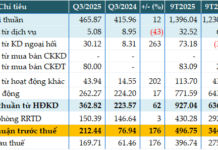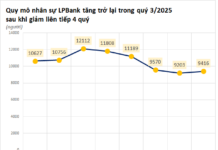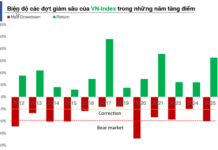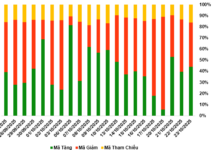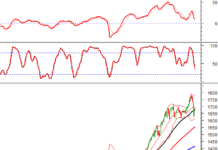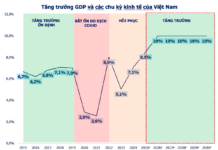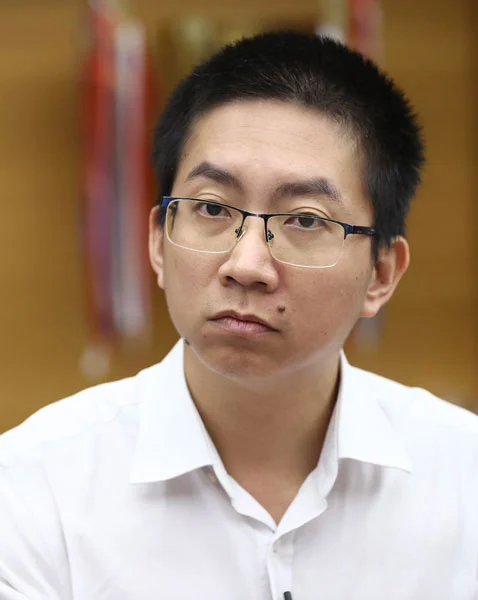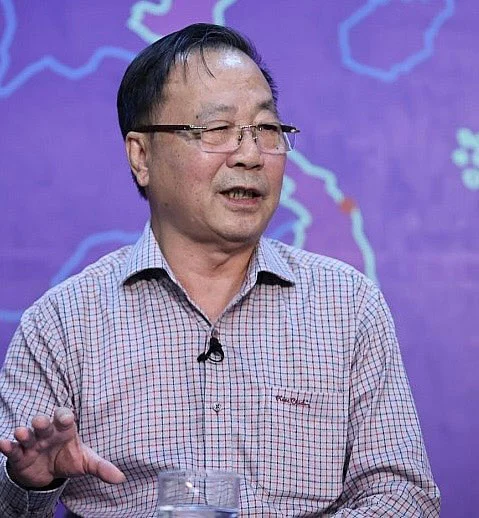Two-Component Electricity Pricing to Replace Single-Component Model in Vietnam
The Ministry of Industry and Trade (MoIT) has instructed the Vietnam Electricity Group (**EVN**) to study two-component electricity pricing based on capacity and energy consumption, with the aim of replacing the current single-component pricing system. **EVN** is currently conducting research to develop specific proposals for this policy.
Reflecting the True Cost of Electricity Consumption
EVN currently implements a single-component electricity pricing system, which calculates electricity bills based on the amount of energy consumed by customers in a given month.
According to energy expert Prof. Bui Xuan Hoi, this pricing mechanism does not accurately reflect the costs incurred by consumers on the electrical system, and it fails to contribute to improving equipment utilization rates. It also creates risks for the electricity industry when it comes to recovering fixed costs through electricity prices.
Under the proposed two-component pricing mechanism, electricity prices would consist of a capacity charge and an energy charge. Electricity bills would thus include two components: the capacity charge, which customers would register based on their usage needs, and the energy charge, which would be linked to the actual amount of electricity used.
According to Dr. Nguyen Huy Hoach, a member of the Scientific Council of the Vietnam Energy Association, the introduction of a capacity charge would encourage customers to use electricity more efficiently, thereby increasing the load factor, saving electricity, reducing investment in power generation capacity, and expanding the electricity grid. For customers who register for a capacity that exceeds their actual usage, the electricity industry would be able to recover its investment costs.
Potential Reduction in Electricity Bills
Tran Viet Hoa, Director of the Electricity Regulation Department of MoIT, affirmed that two-component electricity pricing would benefit both electricity producers and consumers, by enhancing the economic efficiency of resource allocation and utilization.
Mr. Hoa explained that, in addition to the energy charge component, the introduction of a capacity charge would incentivize customers to use electricity more efficiently. This would contribute to increasing the load factor, saving on electricity bills, and avoiding wasteful investment in power generation capacity and grid expansion.
According to MoIT, most countries in the region and around the world implement two-component electricity pricing. It is believed that the higher the system’s utilization rate and load factor (i.e., the extent to which electrical equipment is used during a given period), the lower the average electricity price that consumers will pay. This serves as a motivation for customers to monitor their electricity usage and plan to reduce consumption.
 MoIT states that there will be a pilot program for two-component electricity pricing. Photo: EVN |
MoIT provided an example: Customer A consumed a total of 2.7 MWh of electricity, while Customer B consumed a total of 7.5 MWh. Both customers were charged the same average price of VND 1,364 per kWh and had a maximum power usage (Pmax) of 2 MW. However, Customer B had a longer total usage time, indicating a higher load factor. As a result, Customer B’s average electricity usage price was lower than Customer A’s due to the nature and characteristics of B’s electricity usage.
“Adding a capacity charge component for large consumers will encourage them to reduce their load during peak hours. This can reduce the investment needs of the electricity industry for power generation capacity and grid infrastructure during peak system periods,” MoIT observed.
According to experts, under two-component electricity pricing, customers whose electricity usage has a greater impact on the system will pay higher costs. Pricing based on capacity and energy consumption benefits consumers while ensuring that the electricity industry recovers its investment costs.
This is because the same amount of electricity consumption, say 100 kW, will have a different capacity value and impact on the electricity system if used evenly over 24 hours compared to if used entirely within a single hour. Therefore, this mechanism is viewed in many countries as a measure to manage and reduce electricity demand in a natural way.
Electricity Infrastructure Ready for Pilot Program
Regarding the timeline for piloting two-component electricity pricing, Nguyen Minh Duc of the Legal Department of the Vietnam Chamber of Commerce and Industry (VCCI) suggested that it should be piloted with industrial electricity consumers.
“The pilot program should be implemented in a few locations for a certain period before being expanded for evaluation,” Mr. Duc suggested.
On this matter, the Director of the Electricity Regulation Department explained that the implementation of two-component electricity pricing will change the fundamental characteristics of electricity usage, directly affecting customers’ usage patterns, electricity bills, and the entire electricity system. Currently, the two-component electricity pricing system is only in the initial research and testing phase for industrial and commercial customers; it has not been applied to residential customers.
“The pilot program is necessary to assess and calculate the difference in electricity charges between the current electricity pricing system and the two-component electricity pricing system. This will help the regulatory authority develop a two-component electricity pricing mechanism that is suitable for actual implementation,” the Director of the Electricity Regulation Department stated.
After piloting two-component electricity pricing, MoIT will continue its research and present its findings to the Prime Minister for consideration and implementation.
In response to concerns about whether the infrastructure is sufficient to meet the requirements for measuring and transmitting data on electricity consumption (kWh) and capacity under two-component electricity pricing, MoIT stated that power companies have already deployed smart meters. These meters can measure capacity and energy consumption for most industrial and commercial electricity customers (who are subject to time-of-use electricity pricing, or TOU).
Specifically, the electricity industry has installed over 523,000 TOU meters for all customers eligible for TOU pricing. Thus, in terms of infrastructure, the electricity industry is largely ready for the implementation of two-component electricity pricing.
|
Pilot Program Will Not Impact Electricity Bills According to MoIT, the initial pilot phase of the two-component electricity pricing mechanism will be solely for the purpose of calculations and research; it will not affect customer electricity bills (as customers will continue to pay for electricity according to the current pricing system). Since the pilot program will be implemented using data collected from electricity meters, it will not immediately impact customer electricity usage behavior. |
|
Mr. **NGUYEN MINH DUC**, Legal Department, Vietnam Chamber of Commerce and Industry (VCCI):
Greater Fairness Among Customers The electricity pricing mechanism with a capacity charge is quite similar to the way fixed-line telephone charges are calculated (which include a monthly subscription fee and a fee for each outgoing call). This mechanism is fairer, as it accurately reflects the actual cost of providing service to each customer. The primary impact of two-component electricity pricing will be to reduce cross-subsidization among customers. With two-component electricity pricing, a factory with an electricity demand of approximately several thousand kWh per month will need to register in advance. Even if it does not use its full capacity, the factory will still be required to pay the electricity industry’s investment costs, such as for power lines, transformer stations, and operation and maintenance. This mechanism will prevent customers from registering for a high capacity but not using it. Mr. **NGUYEN TIEN THOA**, Chairman of the Vietnam Appraisal Council:
Pilot Program Allows Customers to Compare The two-component electricity pricing plan will be an important factor in encouraging customers to use electricity more efficiently, thereby increasing the load factor and saving electricity consumption. The pilot program for two-component electricity pricing is necessary to assess its impact and to clarify the differences between the two pricing plans. During the pilot program, consumers will have a basis for evaluating and comparing the price differences when using electricity. |
MINH CHIEN







